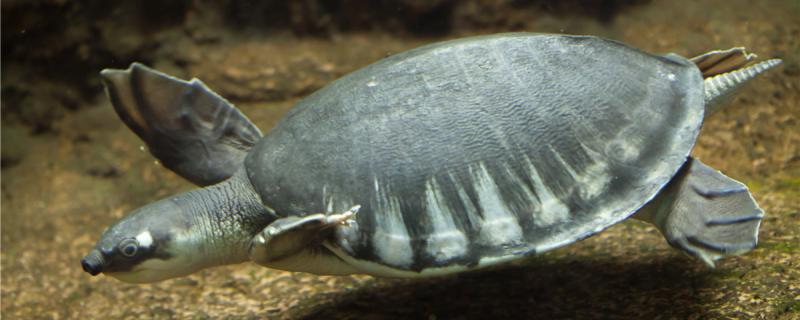 1. Can pig-nosed turtles and yellow-headed side-necked turtles be mixed?
1. Can pig-nosed turtles and yellow-headed side-necked turtles be mixed? It is best not to mix pig-nosed turtles and yellow-headed side-necked turtles together, although they are tropical turtles with similar requirements for water temperature, and they are freshwater turtles with similar living environments. However, the pig-nosed turtle has a strong sense of territory. If the yellow-headed side-necked turtle is mixed with them, it is easy to have conflicts. In addition, the yellow-headed side-necked turtle is larger than the pig-nosed turtle, and if it fights, the pig-nosed turtle will be injured. There is also a higher requirement for water quality of pig-nosed turtles. If the water quality in which they are raised is too dirty or poor, they are prone to diseases such as rotten armor and rotten skin. In addition, their favorite foods are different. Although they are omnivorous turtles, pig-nosed turtles prefer animal feed, while yellow-headed side-necked turtles prefer plant feed, so it is not recommended to mix the two turtles together. If the breeder wants polyculture, it is ok, but pay attention to feeding and water quality.
2. What other turtles can pig-nosed turtles be mixed withThe pig-nosed turtles are too large, so breeders can choose to mix them with round Australian turtles, because both of them have higher requirements for water quality. It can also be mixed with razor turtles and musk turtles. These two kinds of turtles are mild in character and similar in habits to pig-nosed turtles, so they are suitable for mixed breeding together.